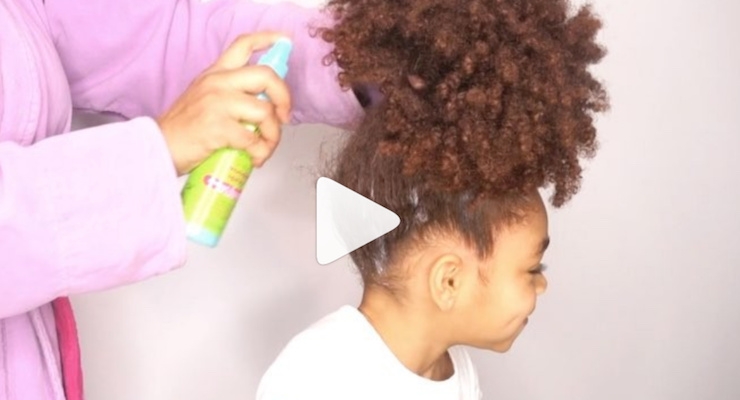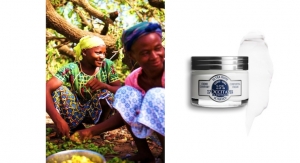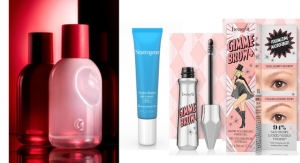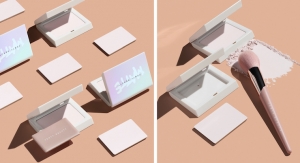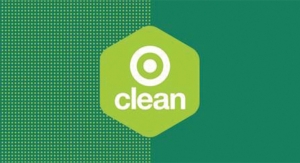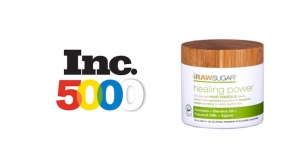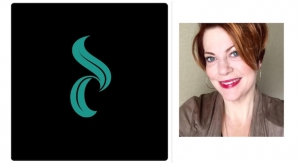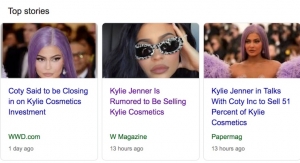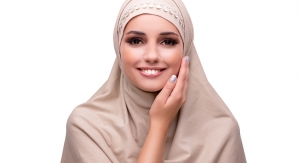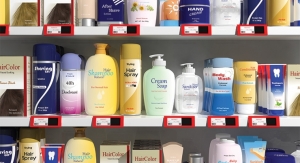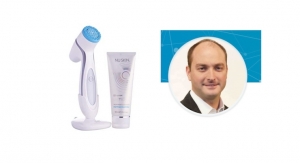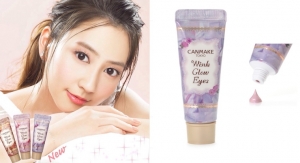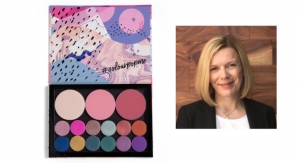Elle Morris, CEO, HMS Design07.25.19
Editor's Note: The following Expert's Opinion column is by Elle Morris, a mom of multiracial children -- and she speaks to Strength of Nature's Kelly Keith in the Q&A below.
New analysis from Pew Research indicates that the number of multiracial or multiethnic infants has tripled since 1980, equating to 14% of the infants born in in the U.S. in 2015. The growth coincides with the rise of interracial marriages, which has more than doubled during that time as well.
Today the U.S. multicultural population is the fastest growing segment in the country. The 2010 Census reported a growth of +32% versus the previous U.S. Census which had 6.8 million multicultural respondents.
This expansion of the multicultural population is parallel to the American public’s interest in understanding race beyond black and white. In 2017, more than 12 million Americans had their DNA analyzed through direct-to-consumer genetic testing kits.
The impact of consumers’ desire to learn about and embrace their cultural roots has impacted beauty in a big way, especially when it comes to hair care.
An Explosion of New Products
Diverse hair textures like waves, curls and coils are not unusual. But where people once used heat styling tools and chemicals to straighten their natural textures, they are now using serums, foams, gels, leave-ins and creams to detangle, define and hydrate their hair in its natural textured state.
This has led to an explosion in products that address the needs of consumers looking to embrace their naturally wavy, curly and coily hair textures.
The Need for Detanglers is Stronger than Ever
The need for detanglers is stronger than ever. From liquids to creams, products that help manage the hair are winning overall. Products that define natural curls and reduce frizz are also amongst the most popular, as they have replaced the straightening tools consumers once used at home or in the salon.
As the mother of multiracial children (I am Cuban Latina and my husband is African American), I am very aware of the unique needs and the markets they create for this segment of the population.
My 13-year-old daughter, for example, has never had “white hair” and she doesn’t have traditional “African American hair.” Her hair falls somewhere in between, making finding hair products that work for her a challenge.
Once she passed the age of three, her hair texture changed (I had used baby shampoo up until then) – we tried everything (and I do mean everything) – until I found Just For Me. We found that it wasn’t too heavy (like many African American haircare brands we had tried) and it provided conditioning, something that we found was lacking in the “mainstream” hair care brands.
My son’s hair texture is different than my daughter’s and we found that Just For Me has products to suit his needs as well.
Q&A: I Spoke to Strength of Nature's VP of Marketing, Kelly Keith
In 2018, I had the opportunity to work with Kelly Keith, the vice president of marketing, Premium Brands at Strength of Nature who directly oversees the Just for Me Brand.
Strength of Nature had just created a new product line under the Just for Me umbrella called Curl Peace.
Editor's Note: This interview with Kelly Keith (KK) is conducted by Elle Morris (EM). It provides insights into marketing to multi-racial children.
EM: How did you determine that there was a new opportunity in the black and mixed-race children’s haircare segment for the Just For Me brand? When did the ‘natural hair movement’ begin to surface and how long do you see it continuing?
KK: We’ve all witnessed the literal growth of the “ethnic hair care aisle” over the last decade. As options have increased for women of color in general, we thought it was only natural to offer more options for their children as well.
Just for Me Curl Peace features eight products free of mineral oil, petrolatum, and parabens for easier wash days added moisture and gentle, longer lasting styles. Just for Me Curl Peace is a curly hair solution specially created for busy parents looking for gentle products that make it easier to style natural hair with fewer tangles and no tears. Our formulas promote confidence in parents and kids, who know their hair will look its best.
I don’t think this is a trend; I believe that all of these options are needed and it just shows that demographic shifts and changes are occurring in America.
EM: Given your heritage brand position, did you feel it would be challenging to market to moms and caregivers who may have used the product themselves and associate it only with chemical treatment of hair?
KK: The products will speak for themselves. We’ve been doing some early seeding with influencers and media and the feedback has been great. These products really work and once parents see what they can do, I am convinced they’ll trust us to deliver.
EM: How did you educate your core consumer who may now be considering using Just For Me for their children, grandchildren?
KK: We could have launched Just for Me Curl Peace as a standalone brand, but we felt it was important to connect it to the Just for Me history. What we’re really trying to say to parents is, you want options, and we’ve created them for you. There is no judgment here; if you want to use a relaxer, we’ve got you. If you want to go natural, we’ve got you, too.
EM: How important were the brand architecture strategy and package design delineation in telling the story at shelf?
KK: It’s incredibly important; first and foremost, we want parents to know that this is a solution for their sons and daughters. It was important for us to visually communicate that.
And we’ve also received feedback from some parents that their tweens love it, too. They feel like the products are made just for them and they feel very connected to the brand. It’s really been rewarding to witness the rollout of the brand and our feedback thus far.
EM: What did the insights from informal consumer research tell you and how were you able to activate on it?
KK: We really wanted to understand the needs of parents and their children, and innovate around that, versus constructing our own narrative and hoping we hit the mark. We heard loud and clear that children want some sort of autonomy over their personal care and that parents want to make sure the products are safe, effective and offer confidence. I believe we’ve delivered on all fronts.
EM: How did you discover that the move from feature-oriented product positioning to ‘brand love’ would resonate with your target consumers?
KK: This has been a trend in general in the beauty and personal care categories. The more we invest in getting the consumer to love the brand overall, the more we can introduce new products and also create an intimate relationship with our customer, which is what we want.
We want to create and innovate around our customer needs, and really create products that offer solutions. And specifically, our Instagram channel provides us with a great opportunity to interact with customers and get their direct feedback.
EM: Describe the Curl Peace concept and why it’s critical to the brand’s essence.
KK: Parents deserve products that make natural hair care quick and easy, so we started by taking the tears out of detangling. Formulated with gentle ingredients like Shea Butter, Raw Honey and Marshmallow Root Extract, Just for Me Curl Peace leaves natural hair tangle free, moisturized and soft.
With Just for Me Curl Peace, hair care time can become a special moment for bonding that draws parents and children even closer, and a moment of celebration for kids with natural hair. This is really the ethos for the brand and why we created the products. It’s about those special moments around hair that parents share with their kids in the early morning or at night.
EM: Beyond the packaging, how has the brand activated on the new position and in what channels?
KK: We are literally just getting started. There is so much more to come for Just for Me Curl Peace, and we’re especially excited for the summer and back-to-school. We have some exciting plans that we look forward to sharing very soon.
Watch this video and then scroll down -- the interview continues below.
EM: How long has the new positioning, packaging et al been in the market and what’s on the horizon for the brand?
KK: The products have been on shelves for several months, and we are getting great reviews. Our Curl Box sold out in one day, and this is only the beginning! I can’t tell you how excited I am for what’s to come this year for Just for Me Curl Peace.
There Are More Options Than Ever, But Moms of MultiRacial Kids Need Tips
While there may be more options than ever to empower multicultural consumers and families seeking to embrace their natural textures, there are still hair care hurdles to overcome.
Along with products that address the needs of multicultural textures comes a need for education and skill.
Moms in transracial and biracial families may find themselves struggling through the wash day, detangling and styling processes with their kids due to a lack of knowledge and experience. This could be a real issue for kids in environments when bullying is present in a group -- it can leave them feeling ostracized due to the appearance of their hair.
In an increasingly cluttered category, the brands that will rise to the top will not only be efficacious and stand out on shelf, they’ll educate the consumer on best practices and techniques for multicultural hair care.

